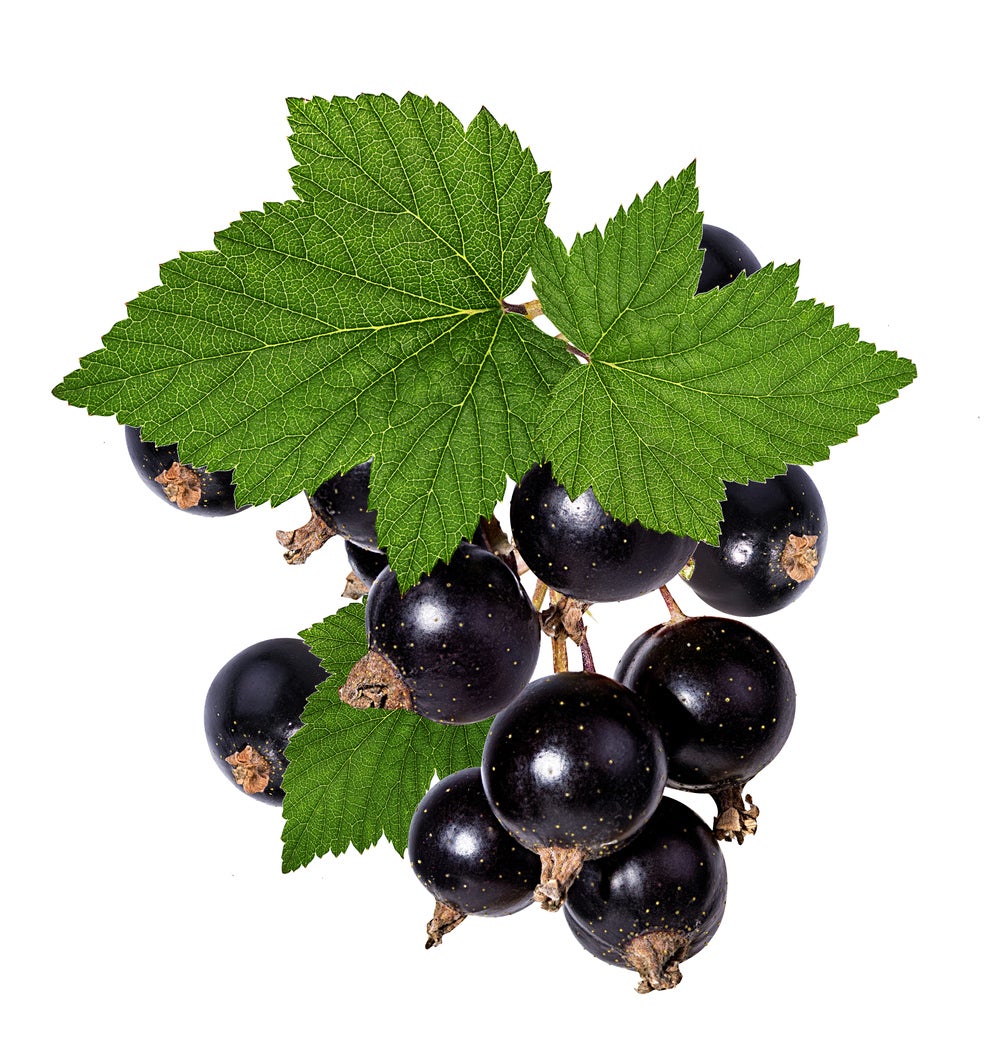Black Currant Leaf Uses: What Are Black Currant Leaves For


Black currant (Ribes nigrum), sometimes known as blackcurrant, is a woody shrub native to Europe and Asia. Although this currant plant is grown for its small black berries, it is also highly valued for the leaves, which are said to have great value as a medicinal herb. What are black currant leaves for? Read on and learn about the many black currant leaf uses.
Uses for Black Currant Leaves
Proponents of the plant claim that herbal black currant leaf may:
- Boost the immune system
- Reduce joint or muscle pain and inflammation
- Decrease the buildup of plaque in the heart
- Increase blood flow throughout the body
- Improve eye function, including night vision
- Benefits the kidneys, spleen, pancreas, and liver
- Improves lung function
- Helps with sore throat and hoarseness
- Relieves diarrhea
- Eases coughs and colds
- Stimulates appetite and digestion
- Treats bladder stones and urinary tract infections
Black currant leaves are rich in vitamin C. They also contain gamma-linolenic acid (GLA), which may improve the immune system; and anthocyanins, chemicals known to have antioxidant properties.
Compounds in the leaves, fruit, and seeds are being investigated for their potential health benefits, but most of the claims of the beneficial uses for black currant leaves have yet to be proven.
Although the leaves are safe when used in reasonable quantities, women who are pregnant or breastfeeding should talk to their doctor before using the plant medicinally.
How to Use Black Currant Leaves
The easiest and most effective way to use herbal black currant leaf is to brew the leaves into tea.
To make herbal black currant leaf tea, place a spoonful of chopped leaves in a cup, then fill the cup with boiling water. Let the tea stand for 15 to 20 minutes, then pour it through a strainer. You can use dried black currant leaves but the fresh leaves are more potent.
Sign up for the Gardening Know How newsletter today and receive a free copy of our e-book "How to Grow Delicious Tomatoes".
Drink the tea hot or chill it and serve with ice. If you prefer sweeter tea, add a little honey or other sweetener. Black currant leaf tea can also be used as a mouthwash.
More Uses for Black Currant Leaves
Place black currant leaves directly on the skin to relieve the pain and itch of minor wounds and insect bites.

A Credentialed Garden Writer, Mary H. Dyer was with Gardening Know How in the very beginning, publishing articles as early as 2007.